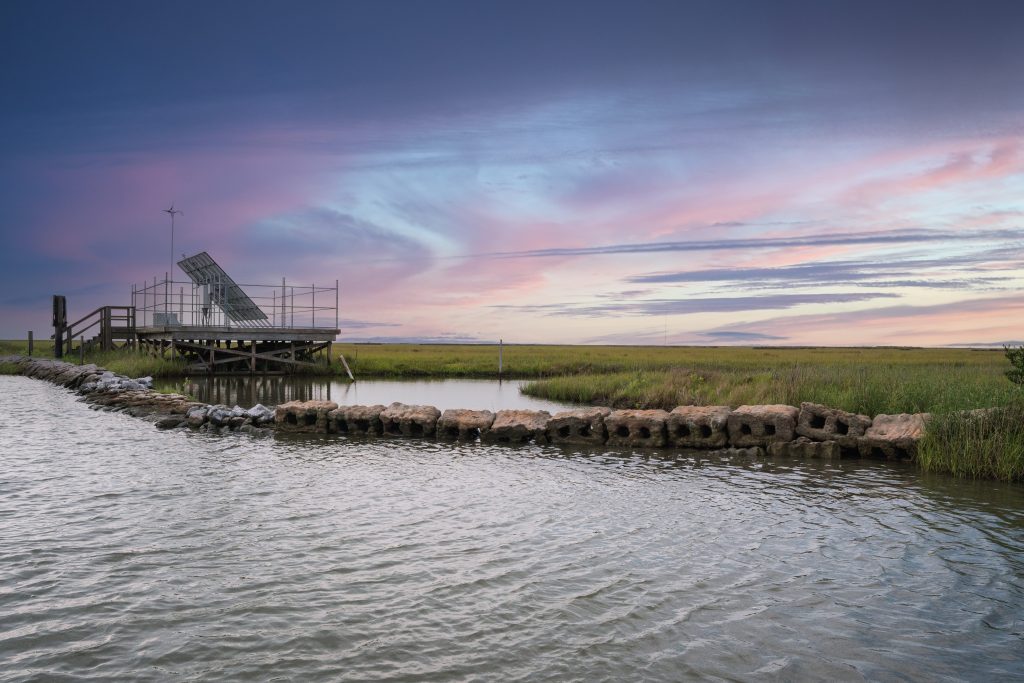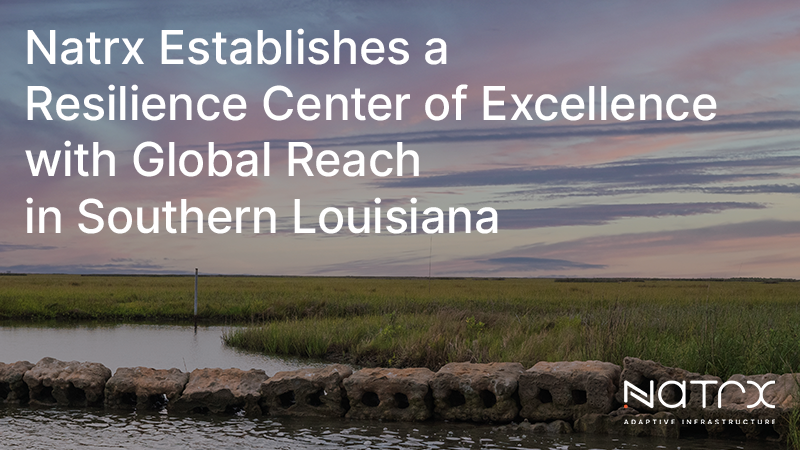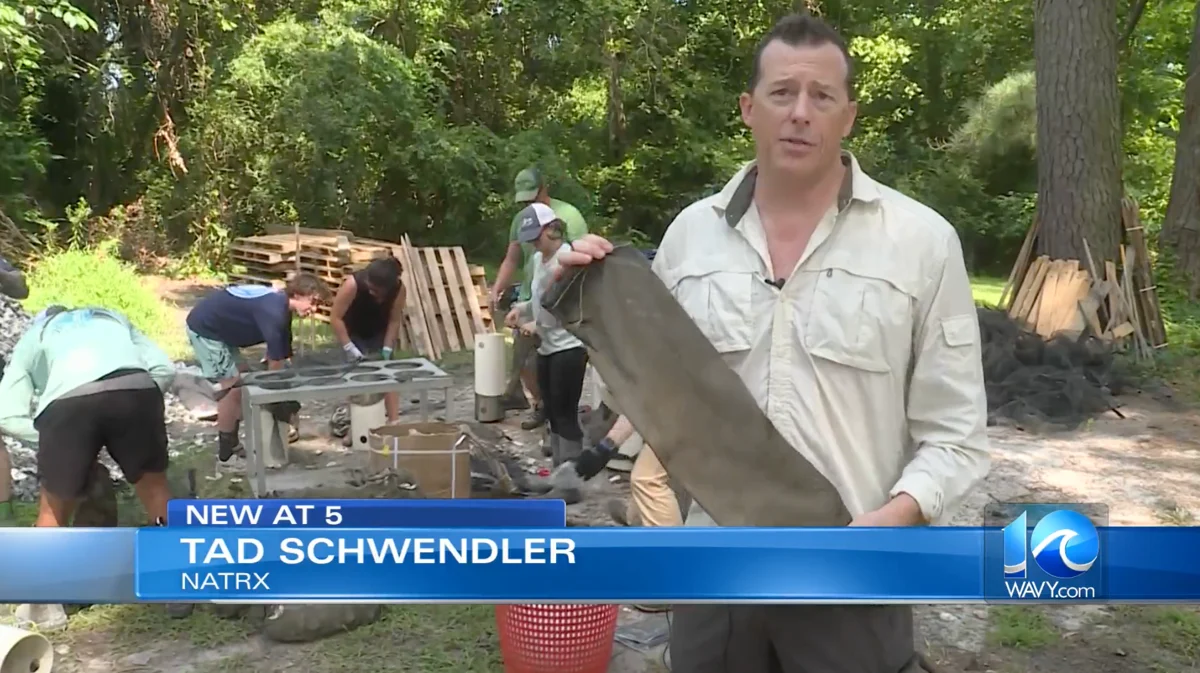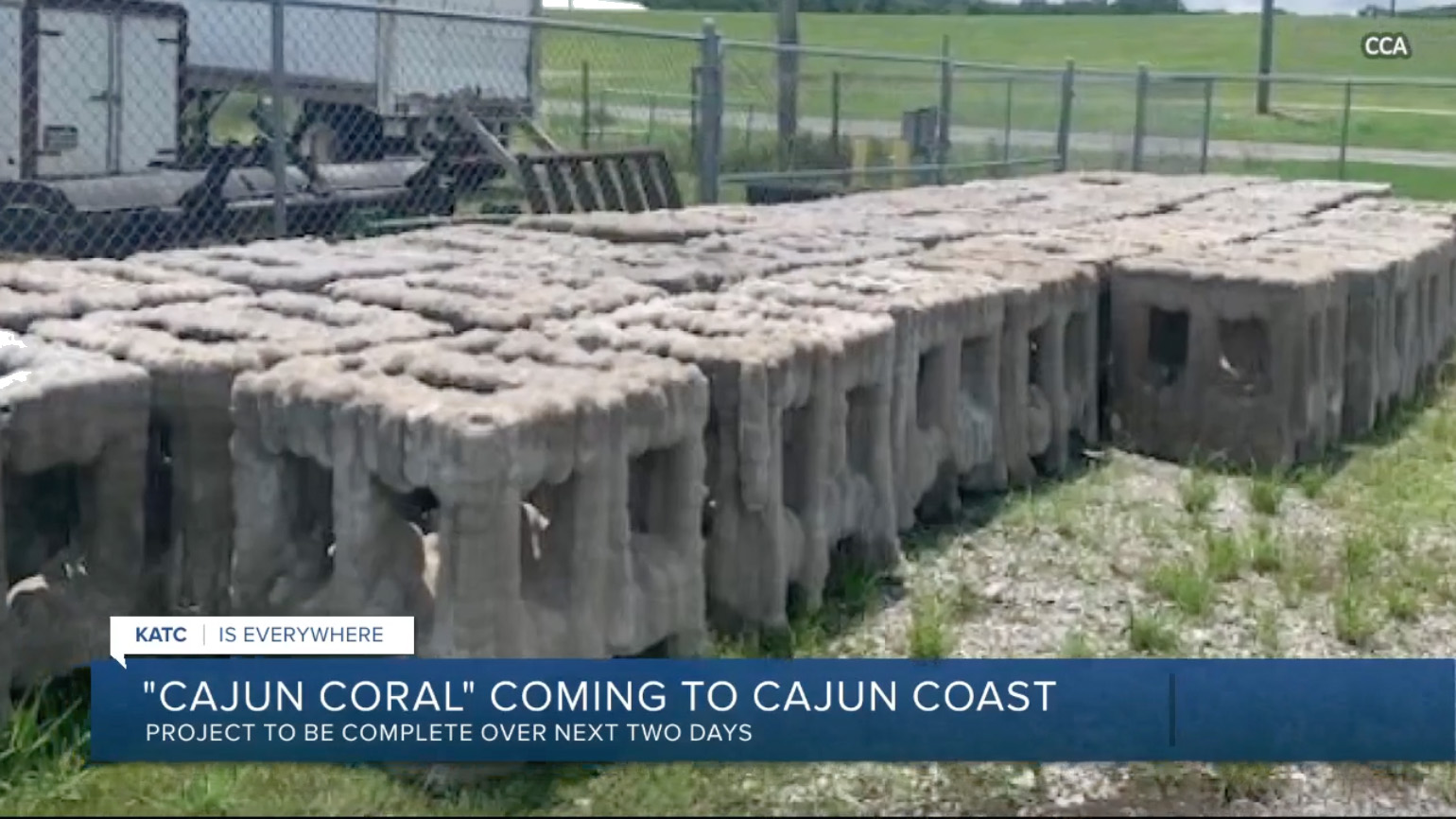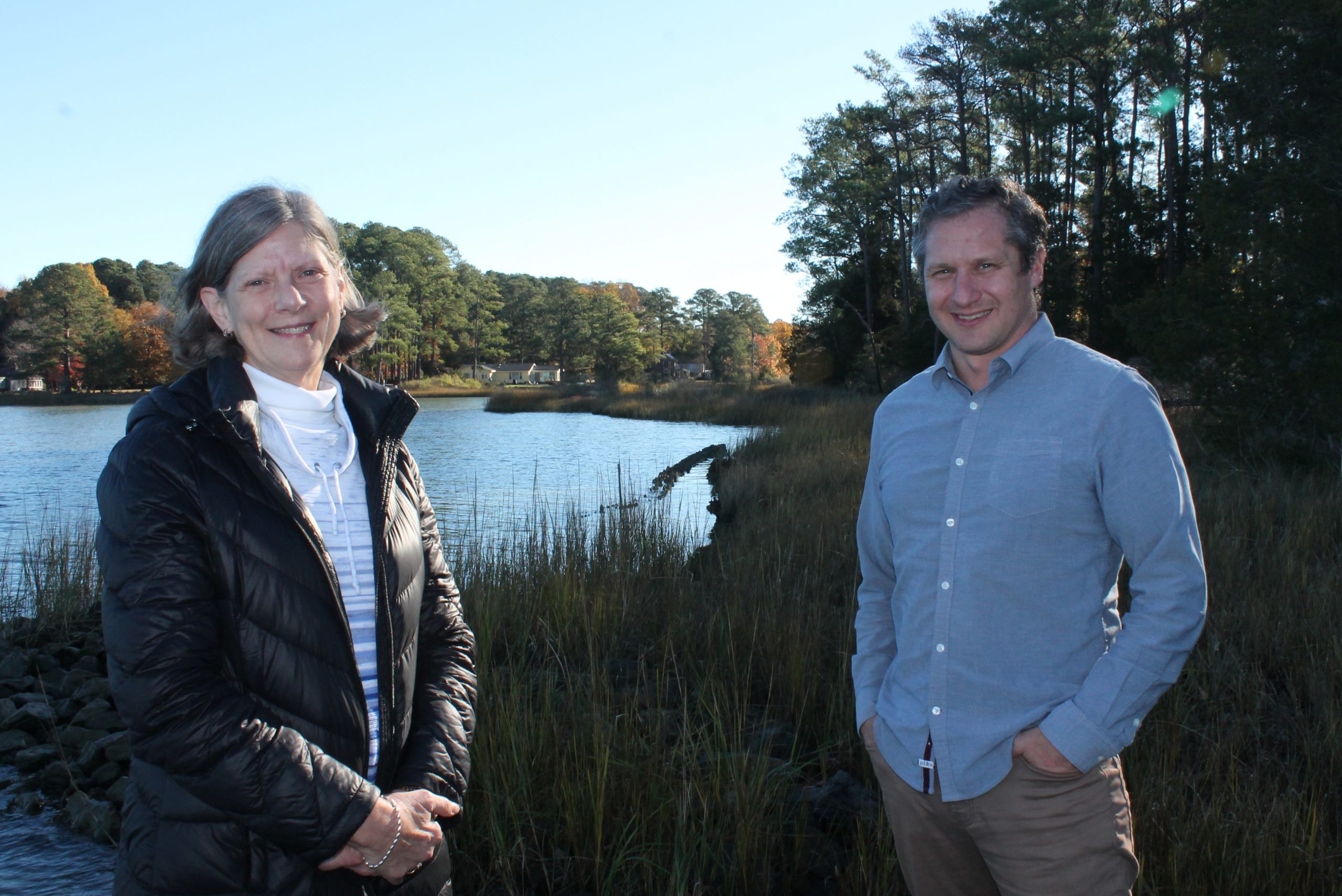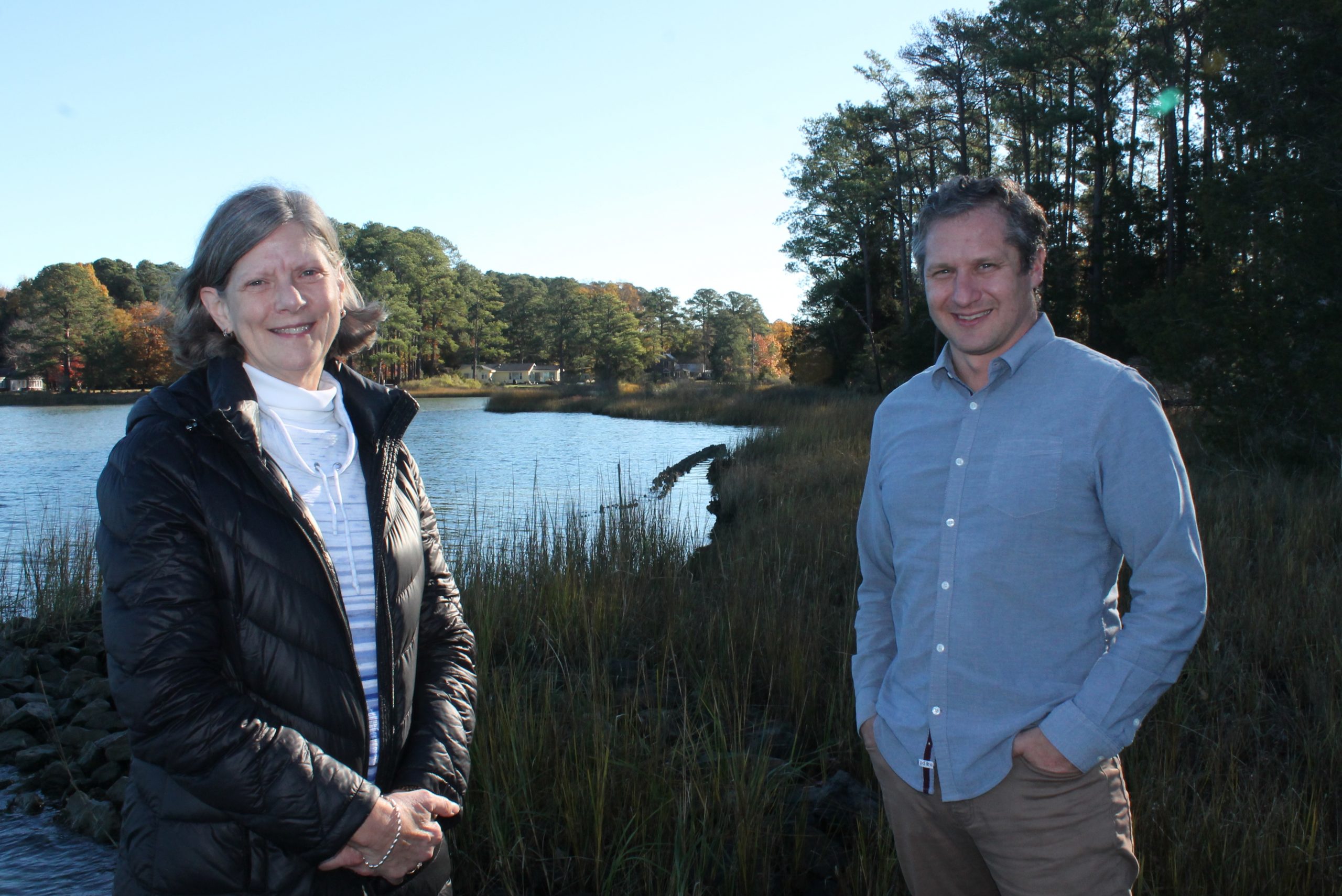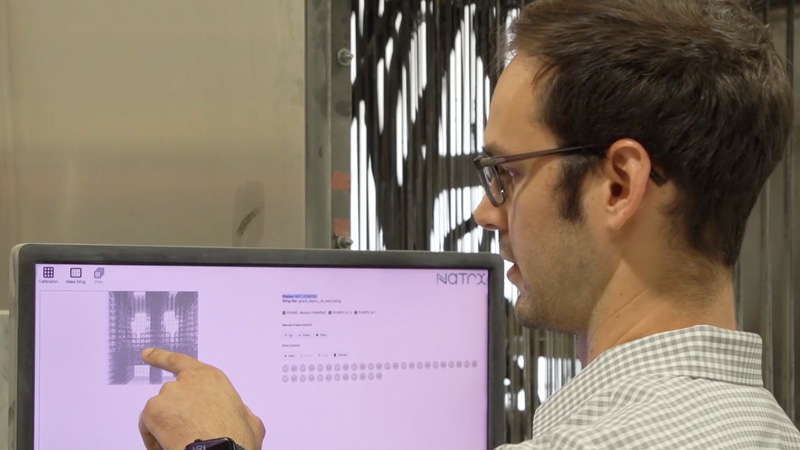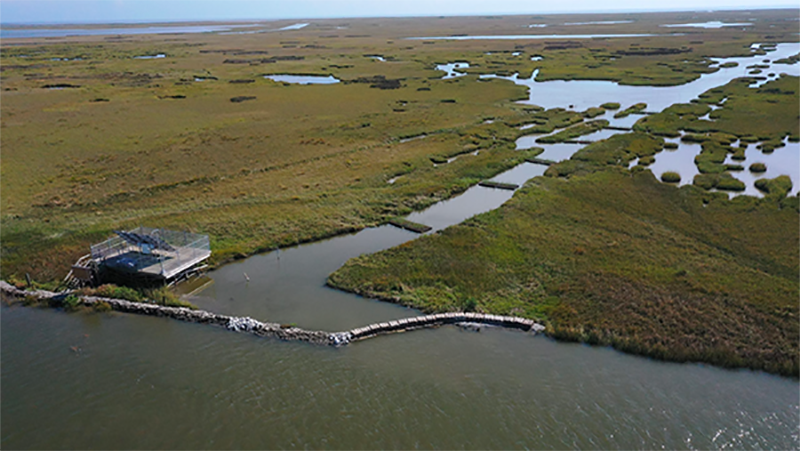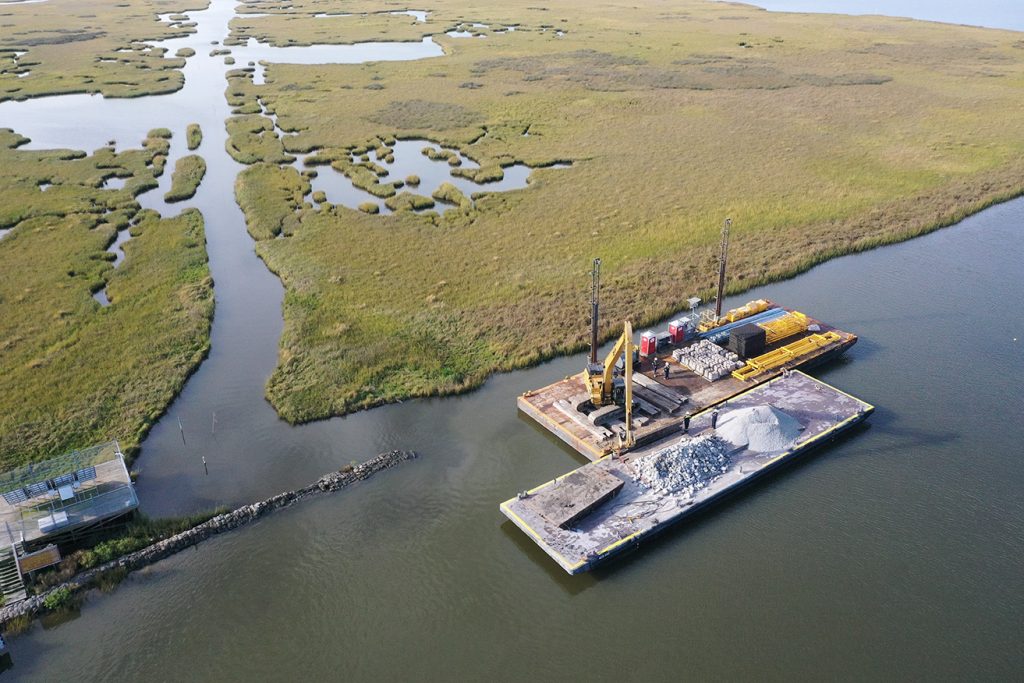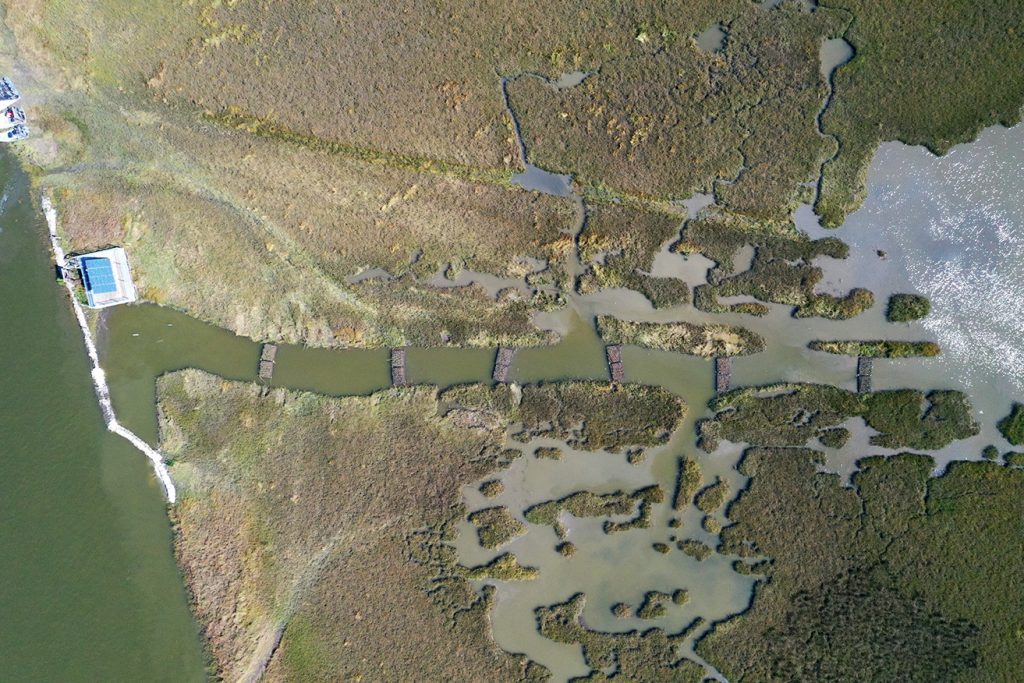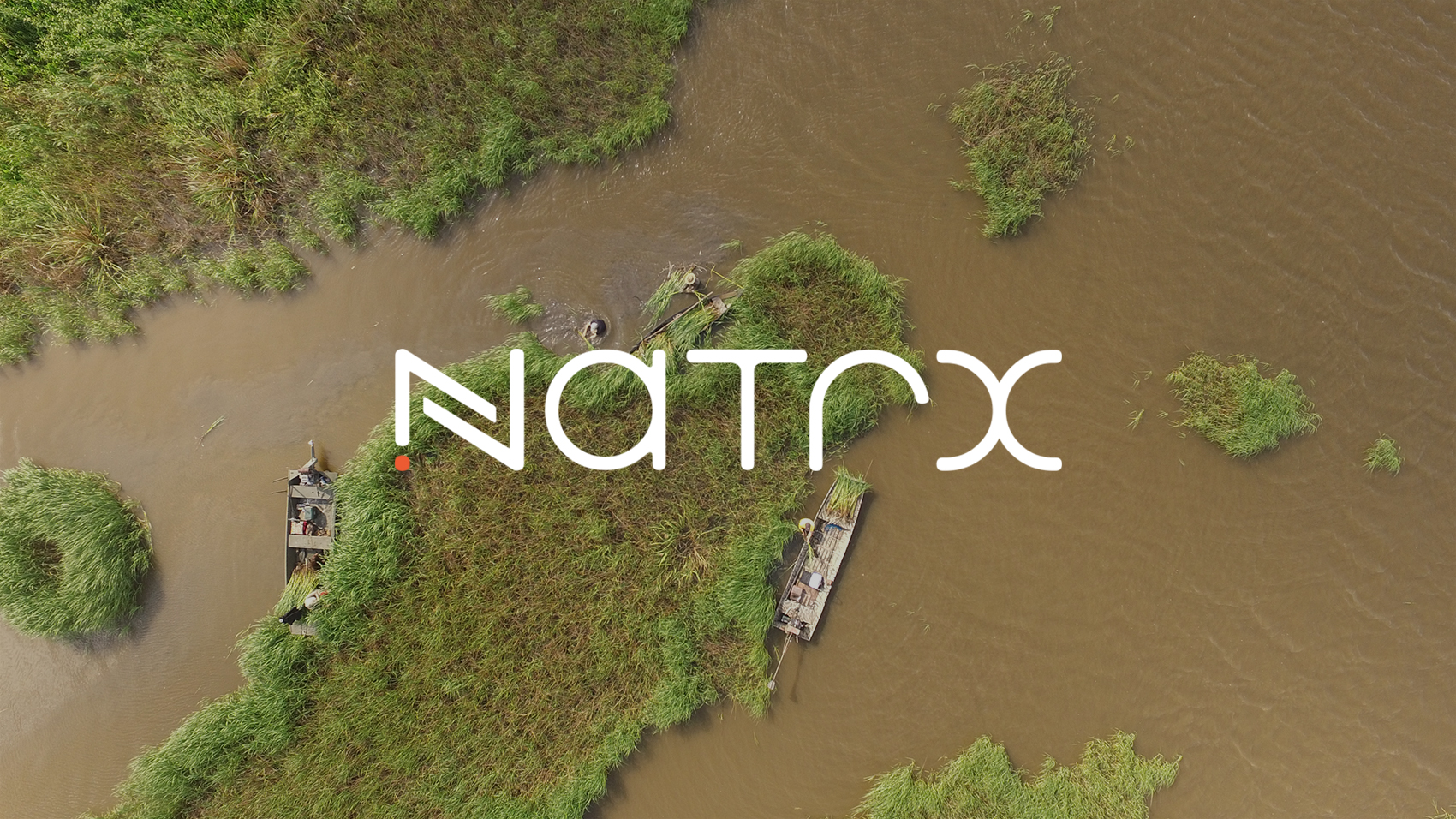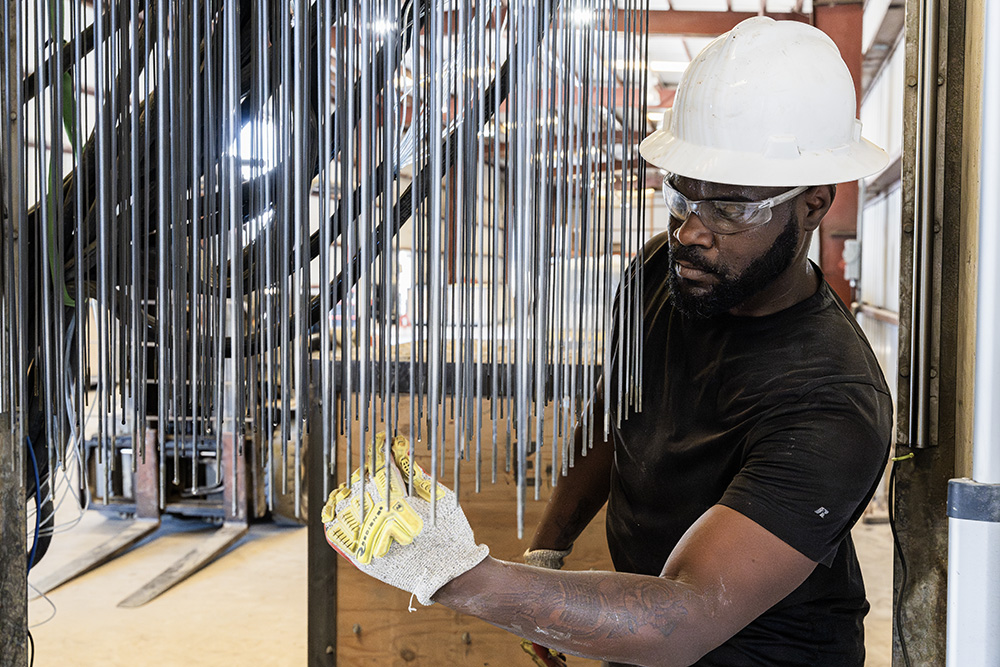
Partnership with Louisiana-based Danos Produces Industrial Scale
Nature-Based Resilience Solutions to Worldwide Challenges
Climate technology company Natrx has officially begun production at a newly established manufacturing facility in Amelia, Louisiana. In partnership with Gulf Coast-based energy services provider, Danos, the 5,000 square foot facility enables large-scale, global deployment of the company’s patented, nature-based resilience technology called DryForming™.
DryForming is the innovative manufacturing process invented by the company’s co-founder and president, Matt Campbell, a Louisiana native and BioAgricultural Engineering graduate of LSU. The patented DryForming process is used to produce the company’s proprietary ExoForms™ — habitat-specific, interlocking module systems designed to improve shoreline resilience and promote biodiversity at landscape scale.
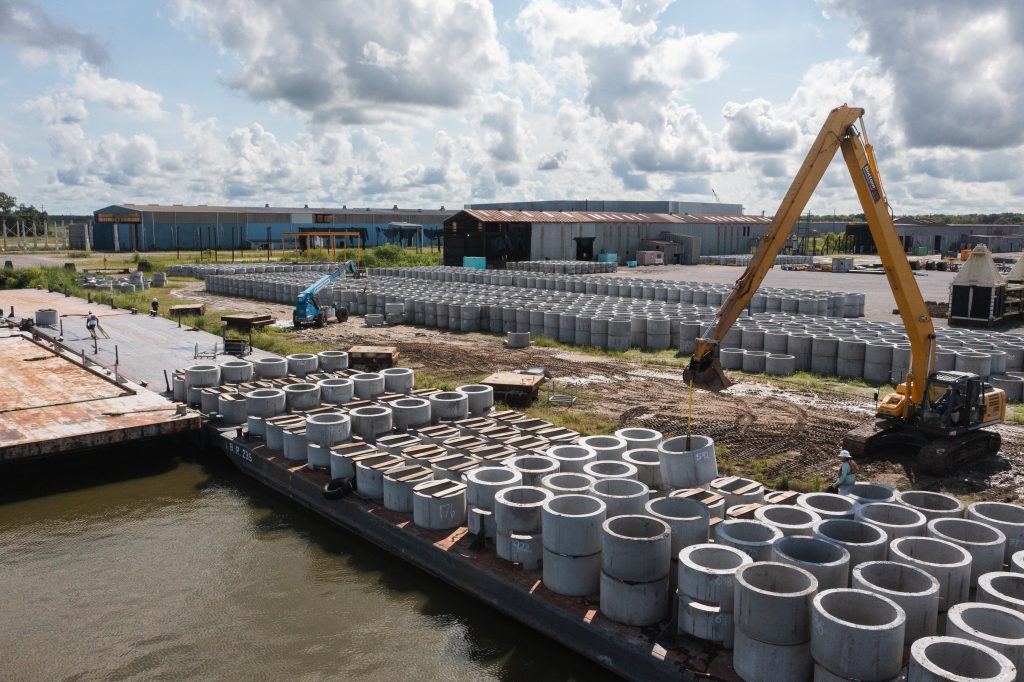
This new resilience center of excellence houses multiple DryForming units capable of producing 50,000 tons of ExoForm™ modules per year with performance equivalent to 500,000 tons of heavy rock, which would typically be purchased out of state. The Amelia facility is located strategically on the Gulf Intracoastal Waterway with deep water barge access immediately creating opportunities for large-scale coastal resilience projects across the Gulf Coast and beyond.
In addition to ExoForm production, Natrx will use the facility to build, test, and deploy mobile DryForming units to help address resilience challenges around the world, beginning with an awarded coral restoration project off the coast of Waikiki, Hawaii.
“Louisiana is one of the areas in the country most impacted by coastal erosion, and it is also the birthplace of Natrx,” said Campbell. “It’s where Tyler Ortego, our General Manager for Coastal Solutions, and I met and where we first connected with Danos. The state's coastal erosion crisis, coupled with its commitment to finding breakthrough approaches to addressing these challenges, makes south Louisiana the ideal location for our new facility.
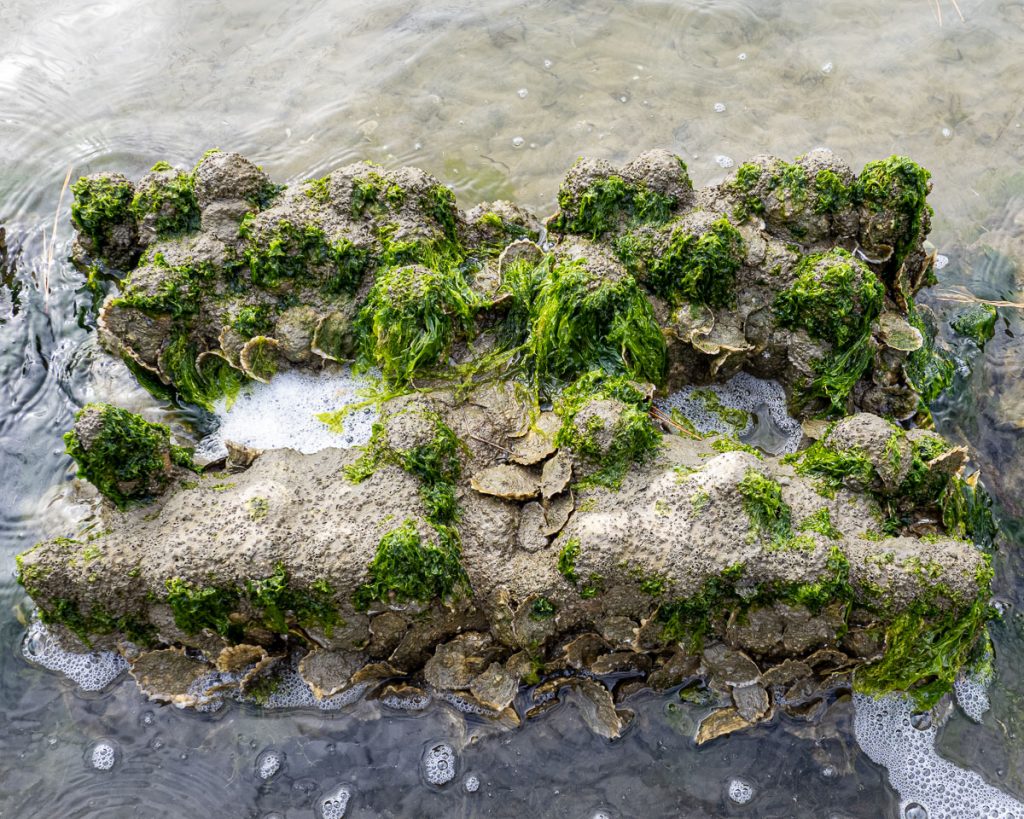
Danos, which has operated in the Gulf Coast region for 76 years, first connected with Natrx in 2019 after the recently launched company was selected for a start-up accelerator program in New Orleans hosted by Shell Energy. The ENERGYx program focused on emerging innovations for coastal construction and water management that improve the capital efficiency of on-the-ground projects.
“Our success depends on partners like Danos that recognize the value and vision of our technology,” said Leonard Nelson, Natrx CEO. “The operation in Louisiana owes much to their support, and having a base close to partners who are invested in our business and our mission will be truly beneficial.”
The companies have collaborated on asset protection and coastal restoration projects for clients across southern Louisiana including Shell, ConocoPhillips, Ducks Unlimited, the Coastal Conservation Association of Louisiana, and several public entities. Their breakthrough work together led to a significant early investment in Natrx by Danos Ventures and continues to fuel a productive partnership.
“Protecting vital coastlines and waterways in our region is a top priority for our customers and communities,” said Eric Danos, CEO of Danos Ventures. “By partnering with Natrx, we can maximize the adoption of innovative new technologies—delivering jobs and economic value locally and real impact globally.”
